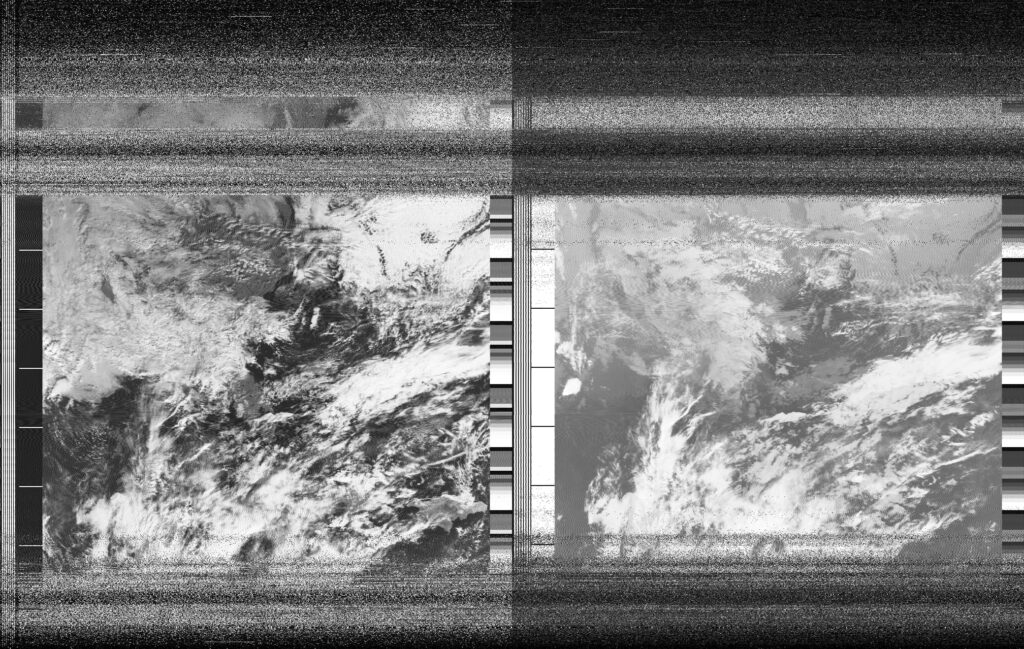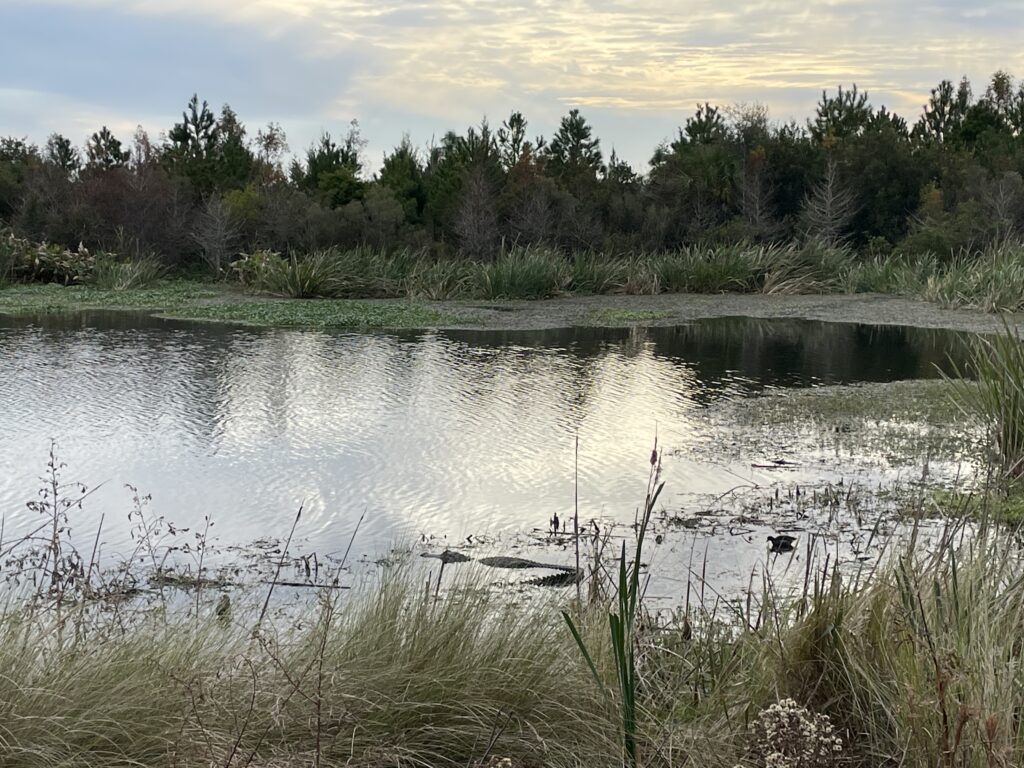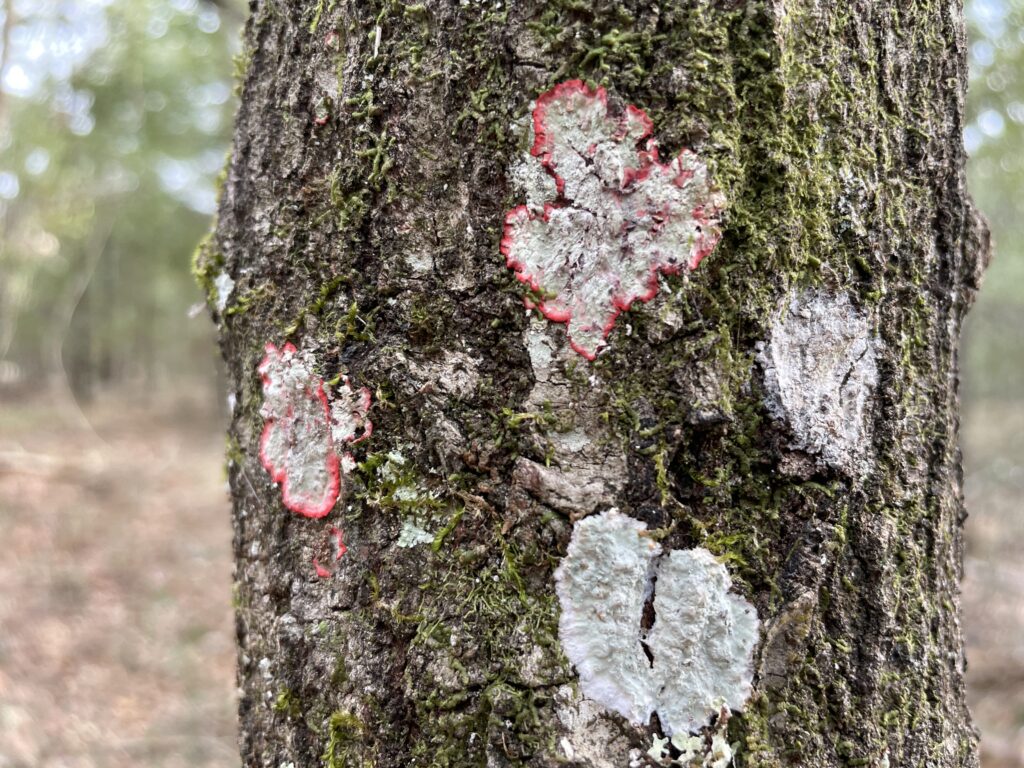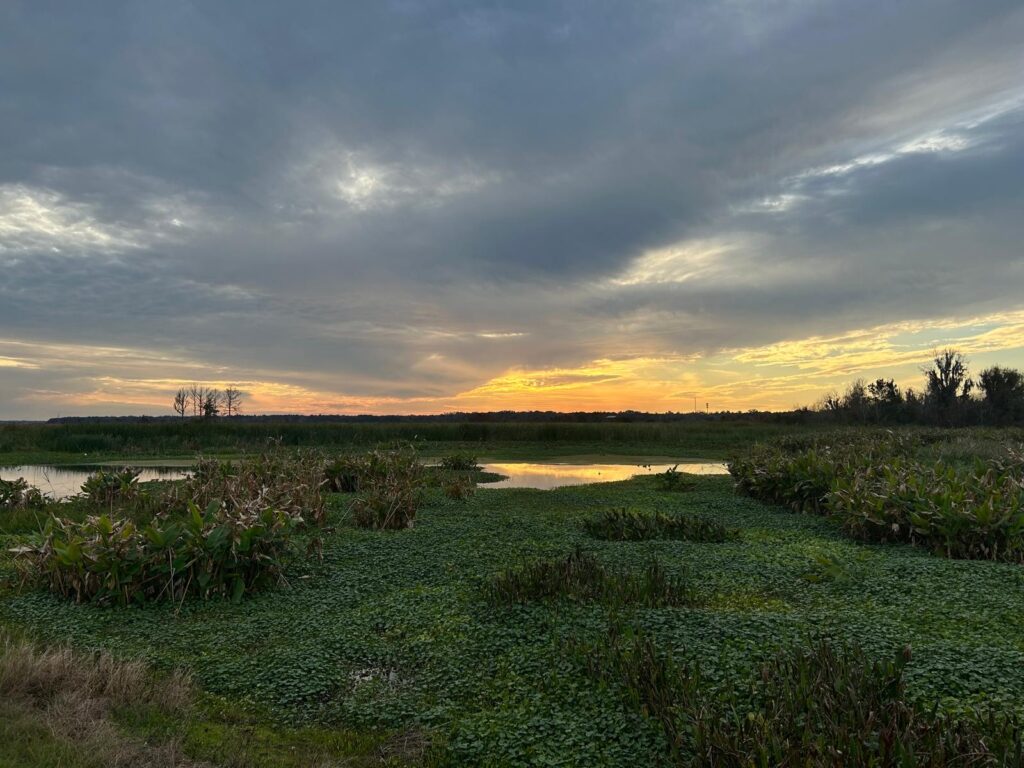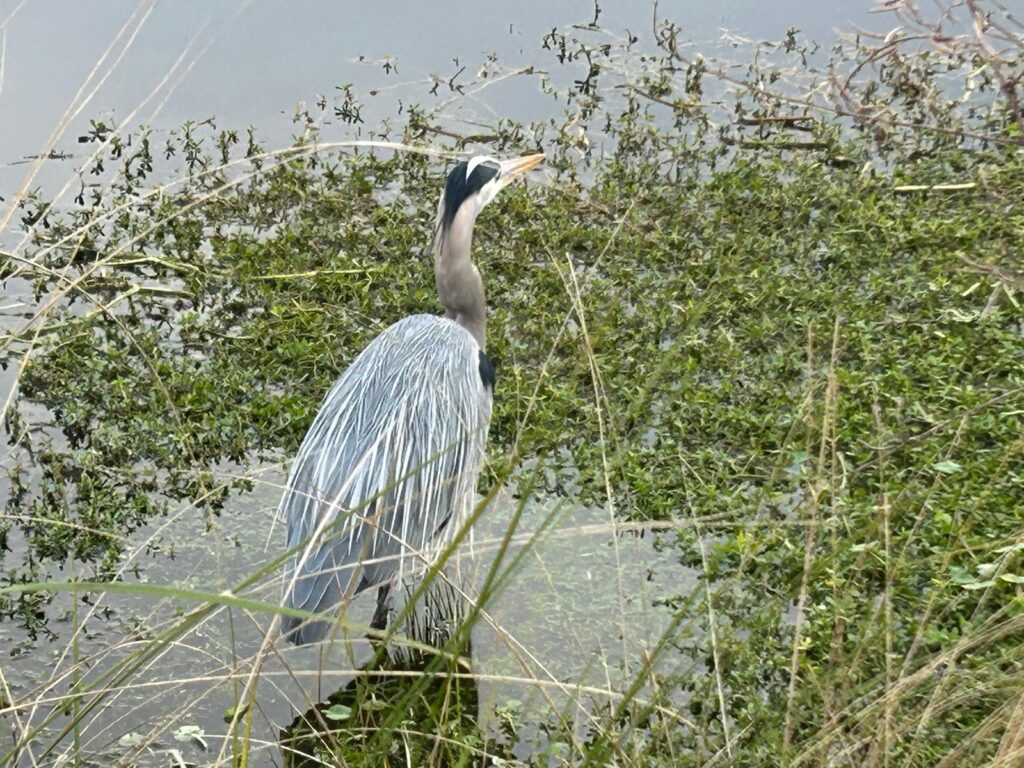Local Date
26 December 2024Local Time
10:08Location
Gainesville, FloridaCountry or Territory
United StatesContributor
Automatic Ground Station 3 FloridaSatellite
NOAA-19Archive ID
Coordinates
Automatic Ground Station
Florida balances over one big aquifer: a hidden cavernous water system fed by rainfall that stretches beneath the everglades, wetlands and an ecological system known as 'moist sandy pine / hardwood woodlands'. Walking through the Sweetwater Wetlands south of Gainesville yesterday, we met some of the water on its way into the depths. Today, at Rainbow Springs, an hour further south, we saw some of it come out, bubbling up through pale white-gray sand, so abundantly that it creates the Rainbow River, a wide, flat river sustaining alligators, turtles, catfish, frogs, coral snakes and other wildlife. Rainbow Springs exists because of the thinner karst rock separating the aquifer from the surface, while elsewhere in the state, the rock-shield is much thicker. The upwelling makes the water below feel very close, even reachable, but we learned that the water in the Floridan Aquifer is between 17,000 and 26,000 years old. The springs seemed otherworldly in their crystal clear shallows, ferns and mossy trees, and two impressive waterfalls cascaded over towering rocks. One of the waterfalls was named 'Seminole Falls', after local Indigenous peoples who never ceded their land. We speculated that the two tall waterfalls might have been built up as the upwelling spring water deposited minerals over thousands of years. Later a park ranger informed us that the waterfalls were entirely man-made in the 1930s, created with sediment dredged from the bottom of the springs, and that water has been power-pumped to the top of the rocks for decades, just so visitors can watch it fall.
